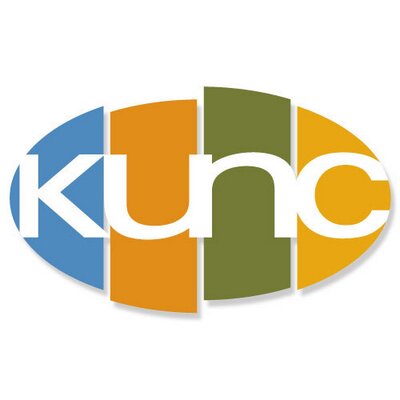Media coverage of Colorado’s Indigenous communities has perpetuated harmful stereotypes and has other shortcomings when covering Indigenous populations, according to a new report from the Colorado News Collaborative.
The Indigenous Voices report, drawn from interviews with tribal leaders and members across the state, also recommended solutions to help improve relationships between media outlets and Indigenous communities, such as hiring more Native journalists and conducting Diversity, Equity and Inclusion trainings with newsroom staff.
The report is part of a larger community project by Free Press and the Colorado Media Project to bring awareness to the state of relationships between local newsrooms and communities of color. Similar reports have focused on Coloradans from Black, Latinx, and Asian communities in previous years.
“There’s nearly 600 different Native nations in the U.S., speaking more than 150 languages,” said Tara McLain Manthey, the project leader. “That nuance is beautiful and worth taking the time to understand, and brings out so much more of the history, context and culture of the different tribes.”
To create this report, Indigenous leaders, journalists and community members met last year to discuss their experiences. Indigenous Coloradans frequently said they felt invisible or omitted in the media, according to McLain Manthey. They also said that coverage of issues important to them — such as Missing and Murdered Indigenous Relatives and the status of the Indian Child Welfare Act —tended to be superficial or only focused on traumatic experiences.
“The less that the community is covered in a human, in-depth way, the more those stereotypes persist or become deeper ingrained,” McLain Manthey said.
The report extends beyond news coverage, also focusing on the need for funders to improve their relationship with Indigenous communities and enhance communication about state and federal grant opportunities for them.
It also calls on journalists and Coloradans to understand what makes Indigenous people in Colorado unique and focus on stories about their everyday lives instead of concentrating coverage around Indigenous holidays.
“There’s just a lot of things about mascots or Thanksgiving, or ‘how does the Indigenous leader feel about this national thing that’s happening?’” McLain Manthey said of typical media coverage. “It doesn’t really cover the depth of the community.”
The report highlights three broad areas for improvement: reach, representation and respect. Specific solutions include building trust in reporting relationships, representing Indigenous people in data instead of lumping them into an “other” category, and educating journalists about Native history.
For McLain Manthey, a former newspaper reporter and a citizen of the Osage Nation in Oklahoma, this report is personal.
“I have just always been wanting to see this relationship improve because I know how powerful it is, how powerful it could be, and I’ve seen the harms that come from it because of a lack of respect and relationship-building” she said. “[Local news organizations are] never going to cover the true diversity and breadth of a community without really making an intentional effort to cover Indigenous folks in their communities.”
The Colorado News Collaborative, or COLab, plans to meet in the coming months with Indigenous leaders, journalists and funders to share the information from the report and help put these solutions into action.
The Mountain West News Bureau helped fund community discussions that contributed to the Colorado News Collaborative report on Indigenous communities.
This story was produced by the Mountain West News Bureau, a collaboration between Wyoming Public Media, Nevada Public Radio, Boise State Public Radio in Idaho, KUNR in Nevada, the O’Connor Center for the Rocky Mountain West in Montana, KUNC in Colorado, KUNM in New Mexico, with support from affiliate stations across the region. Funding for the Mountain West News Bureau is provided in part by the Corporation for Public Broadcasting.




